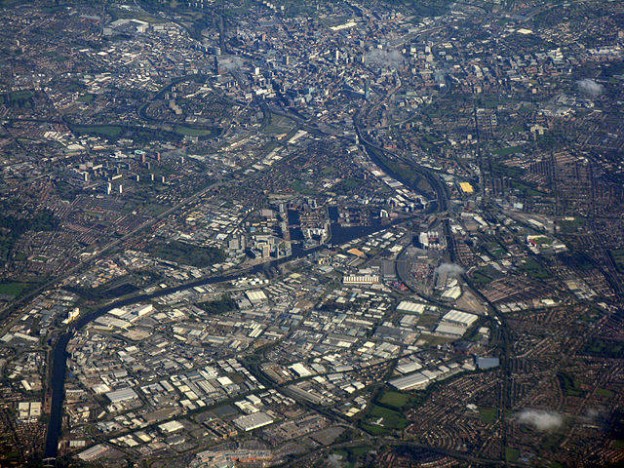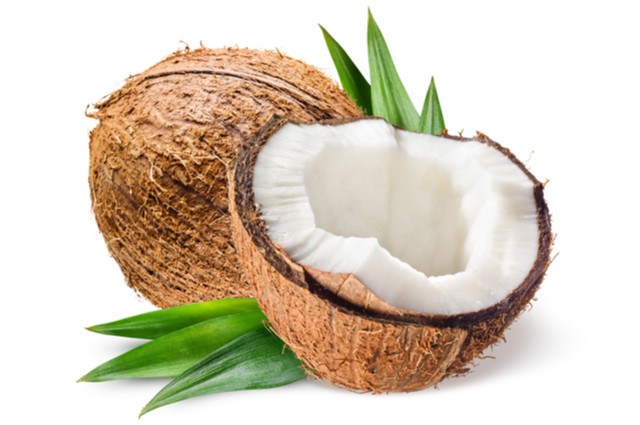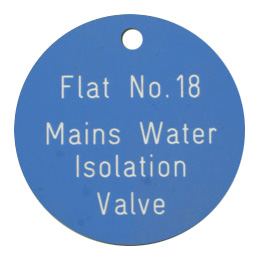
Traffolyte labels are used in industrial applications and are ideal engraving solutions. Traffolyte as a material has insulating properties and this makes it ideal for application in electrical engineering, especially where labelling is necessary. It is simply a multi-layered plastic sheet suitable for engraving when creating labels. These labels can help to offer information about some points in a system and are especially useful in technical projects that require keen observation and control. Power plants use the labels to indicate voltage at some points and to caution users against interfering with some sections of the system. Continue reading



